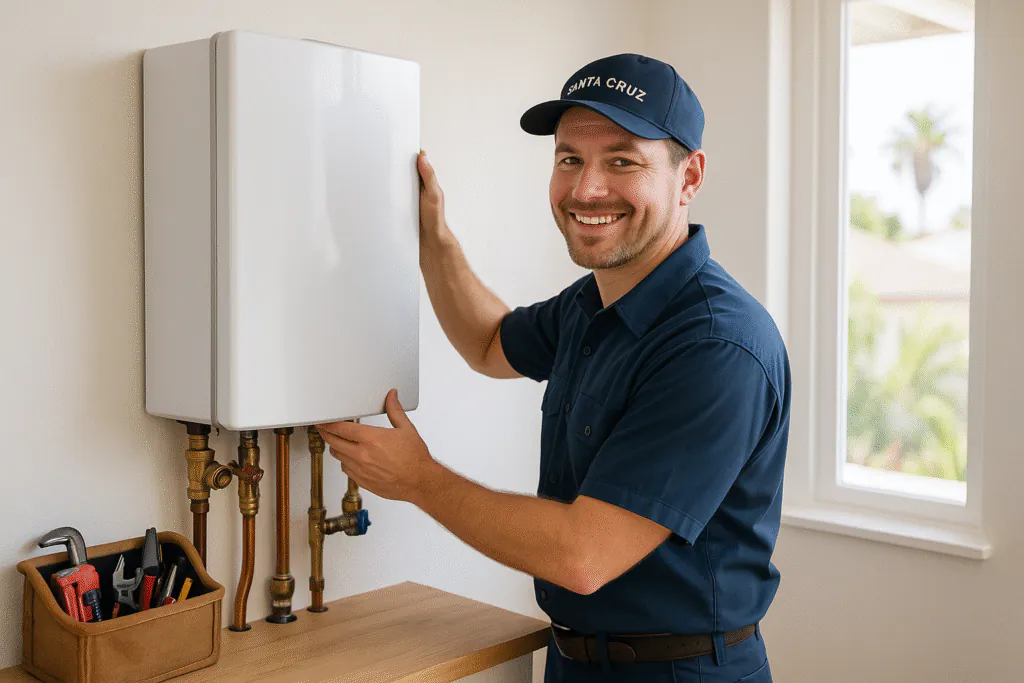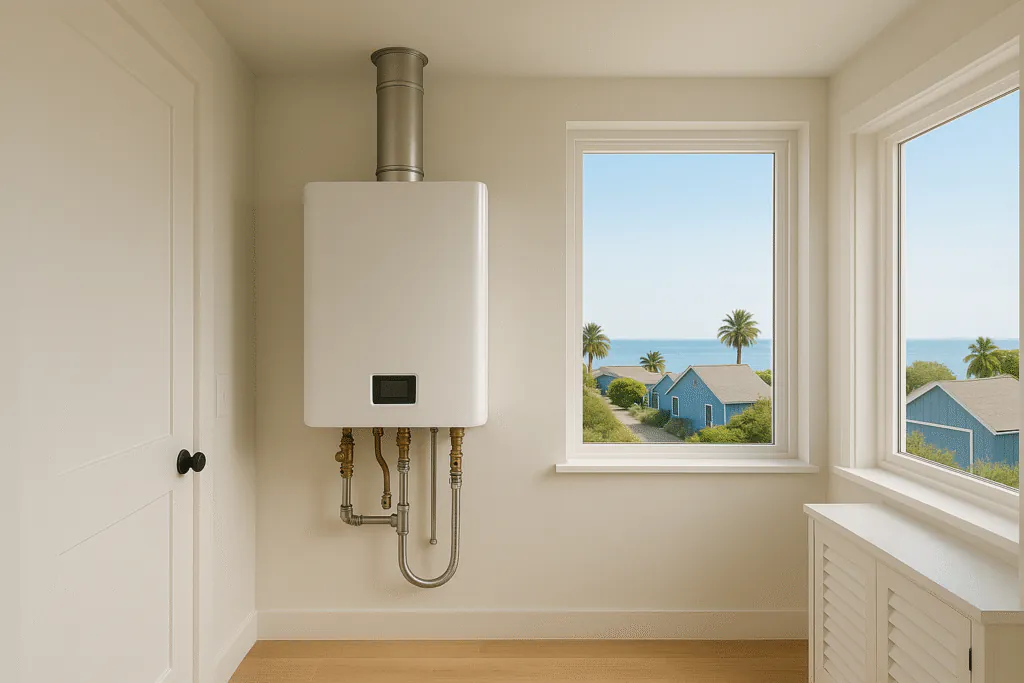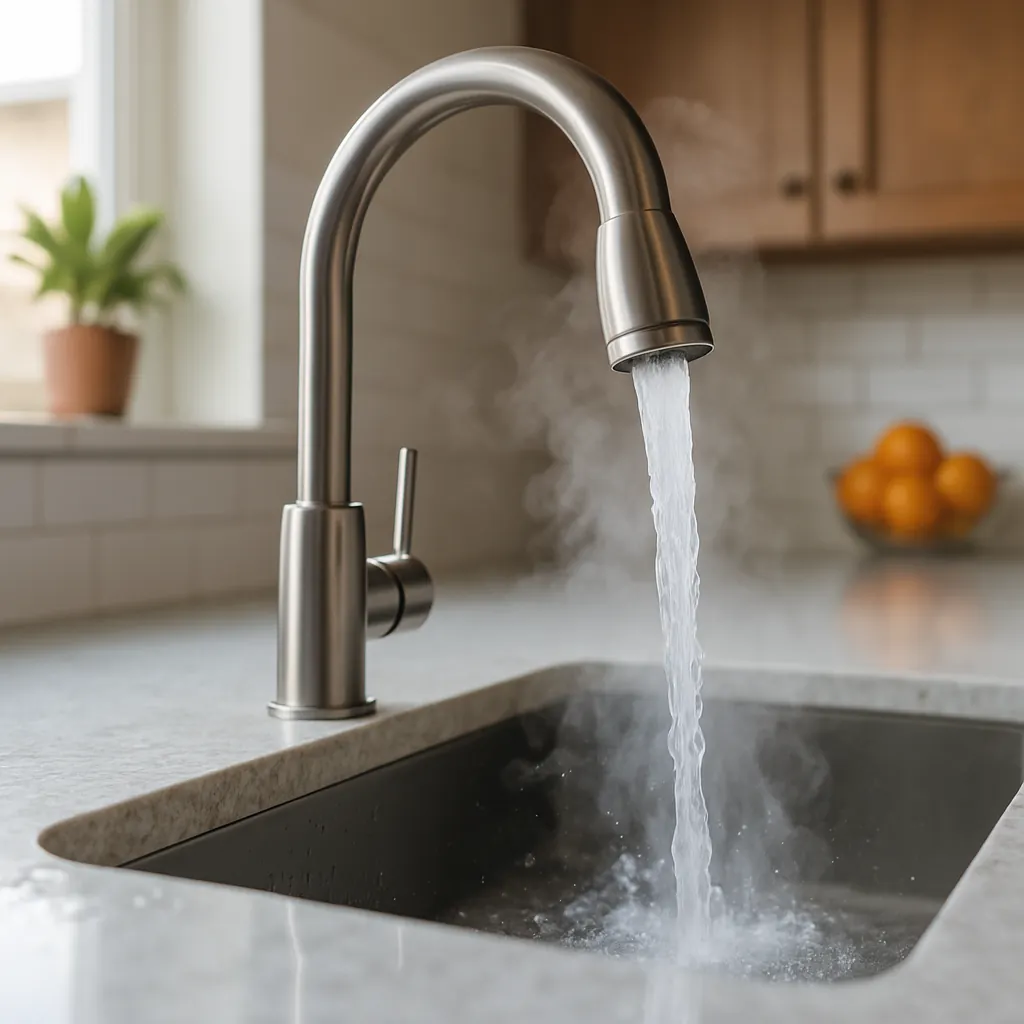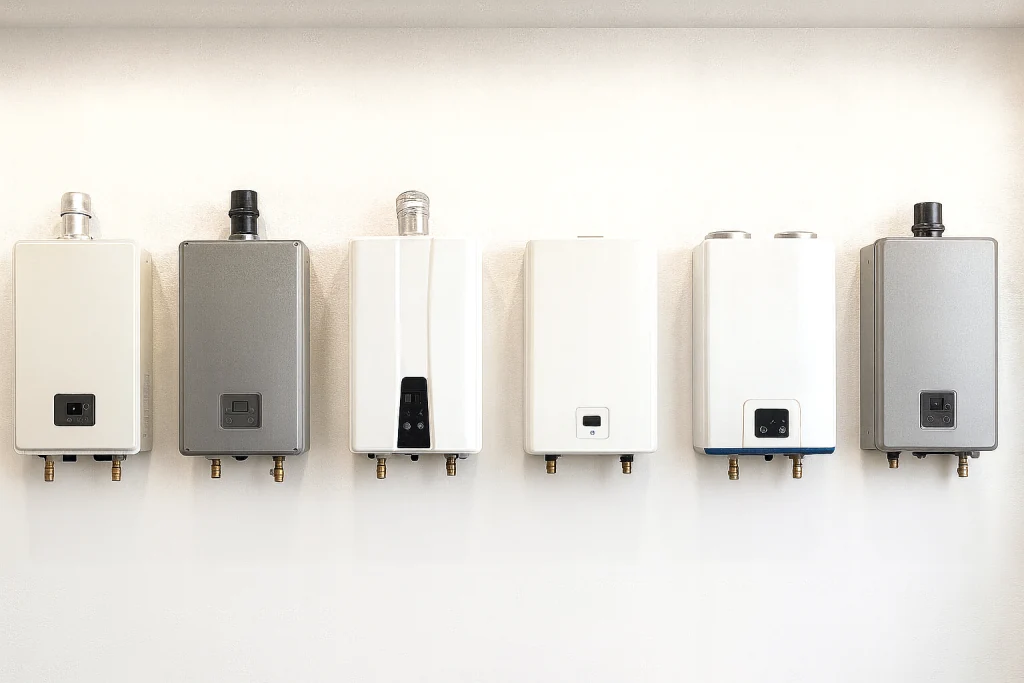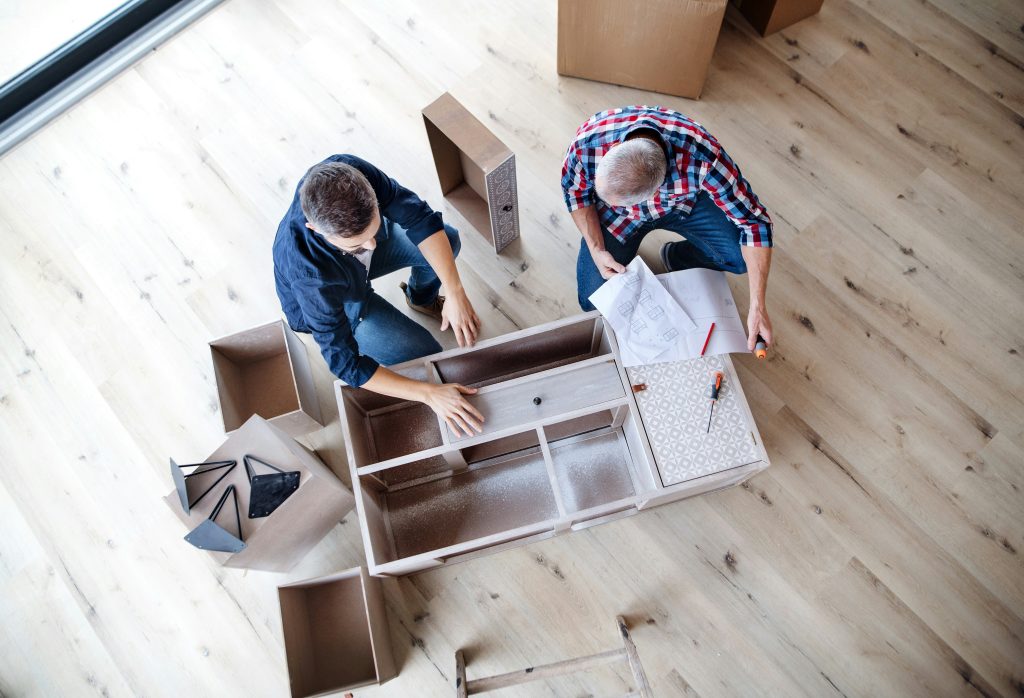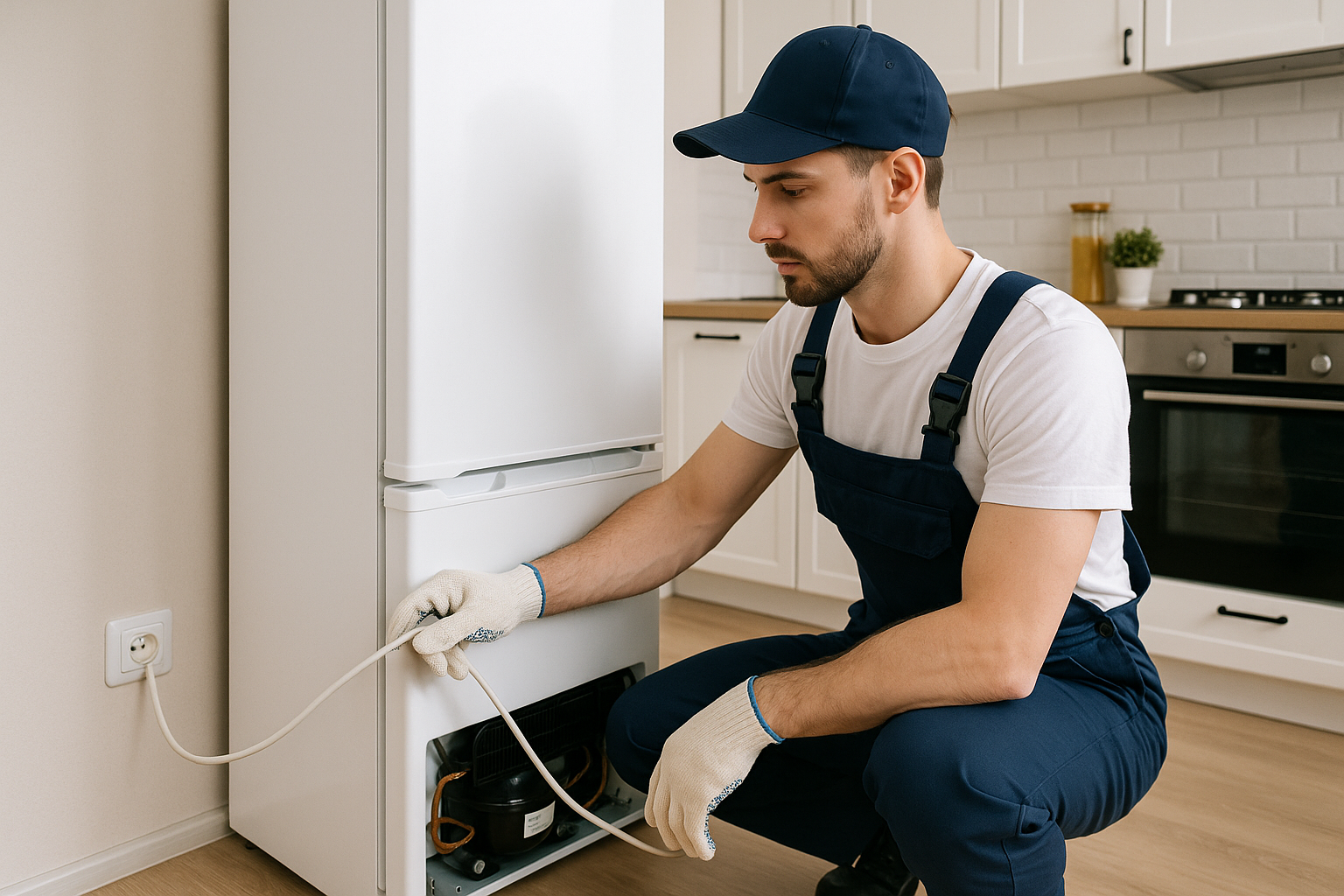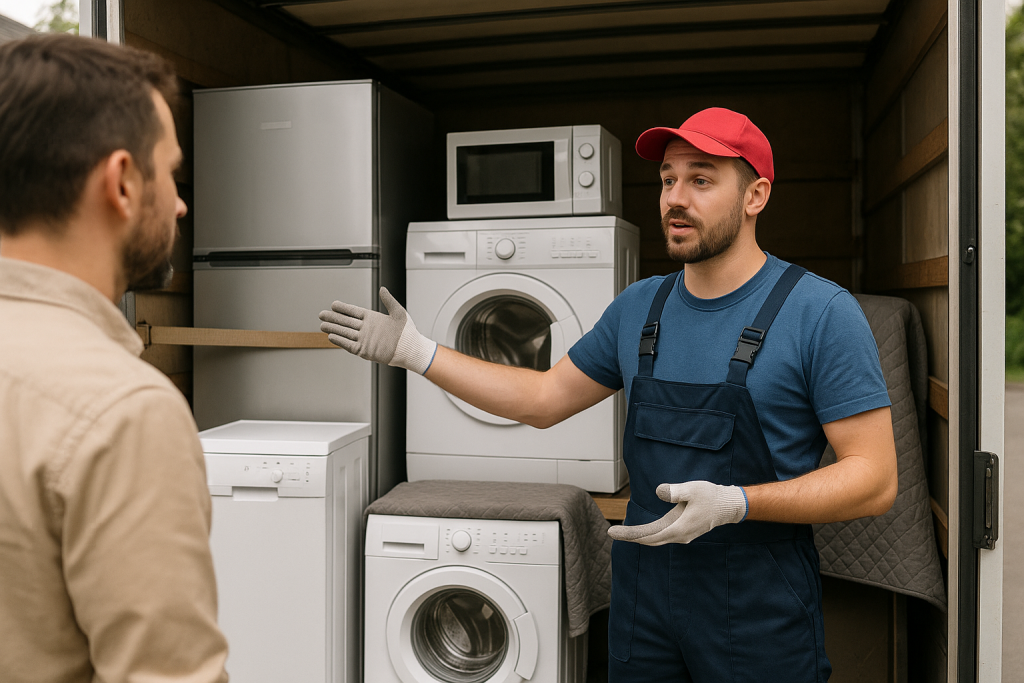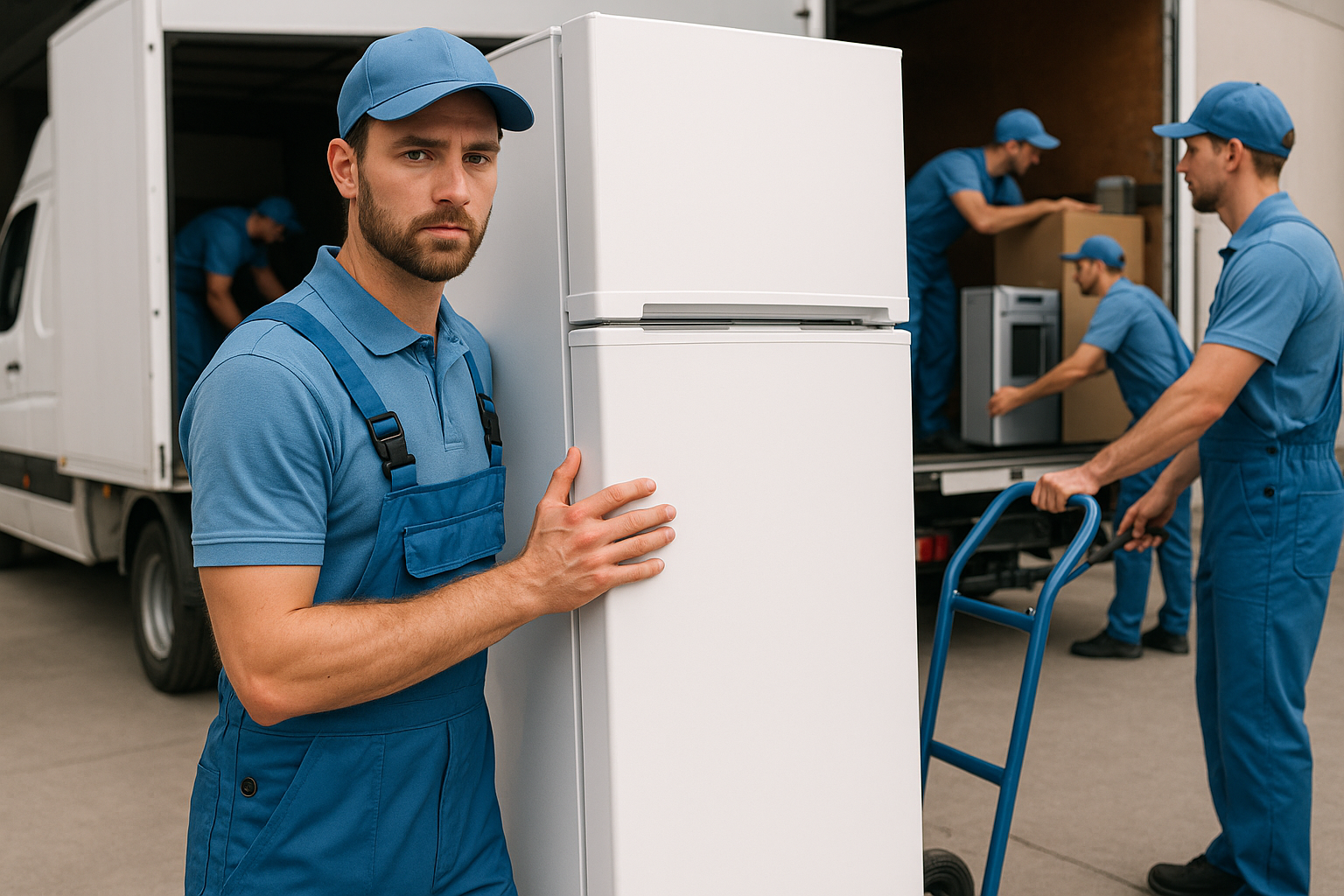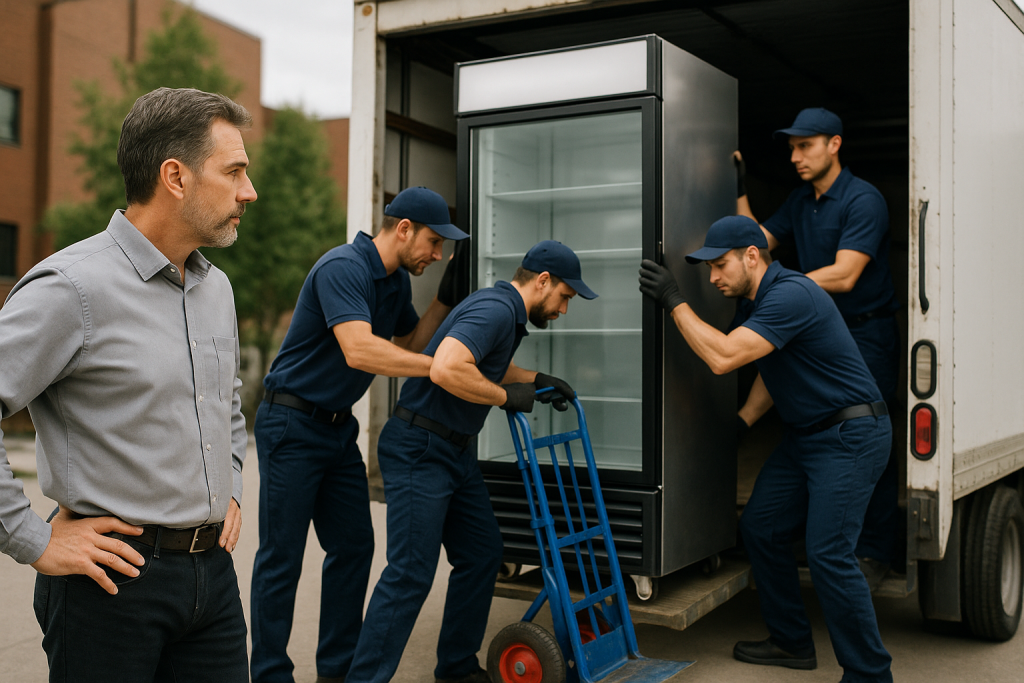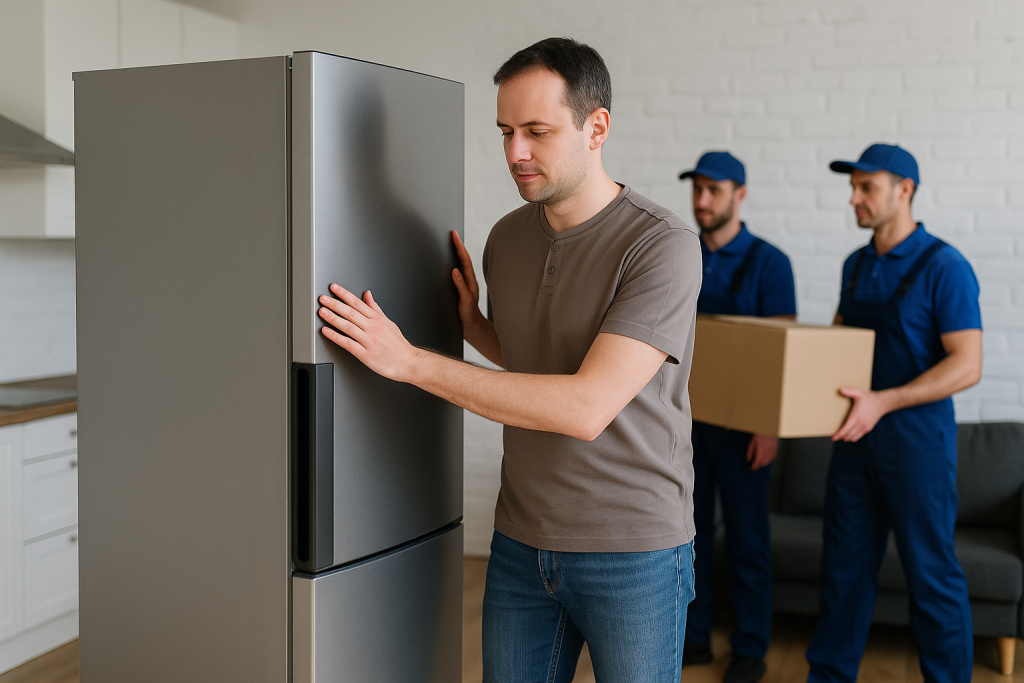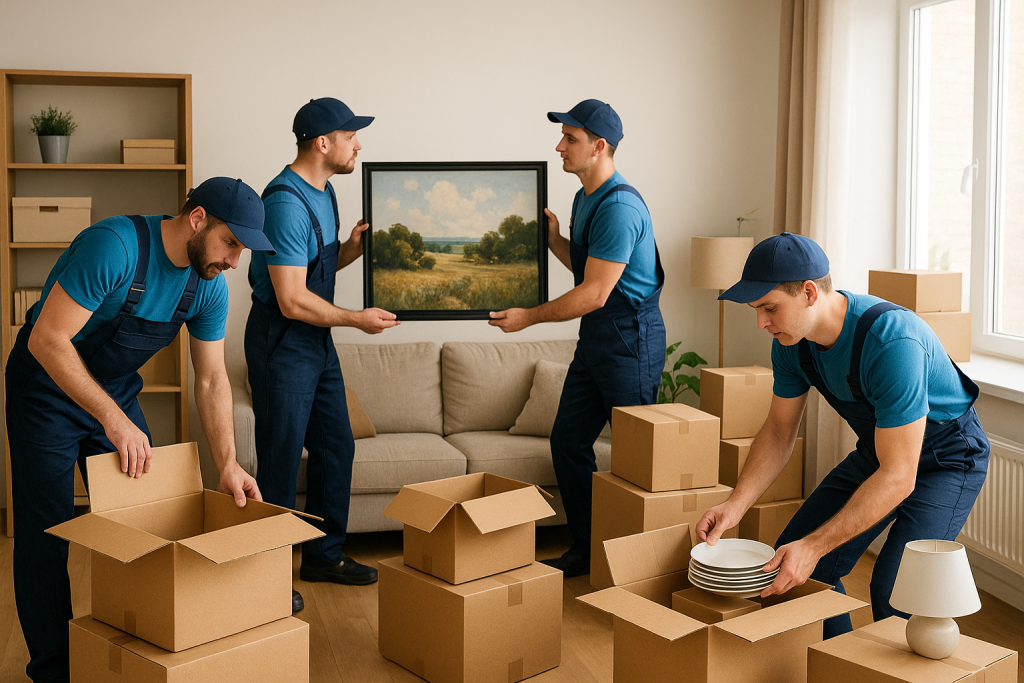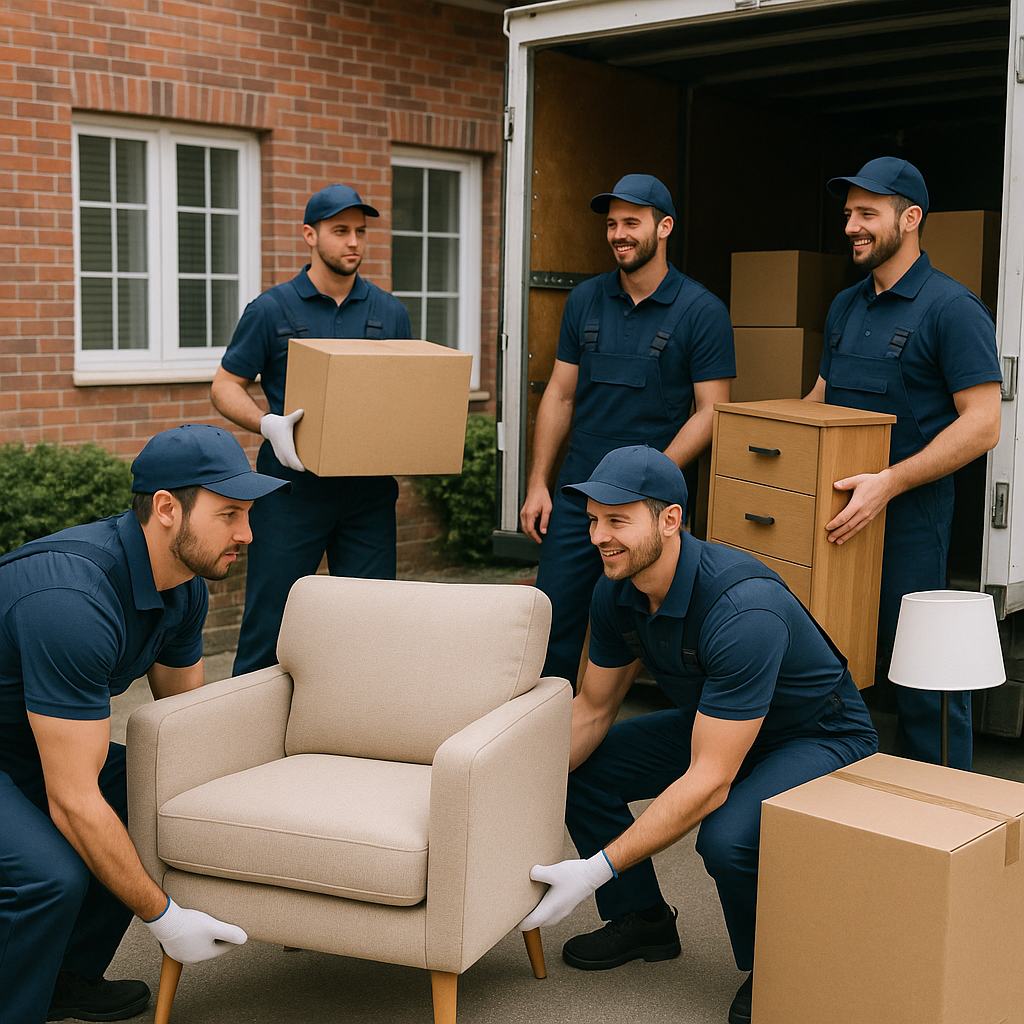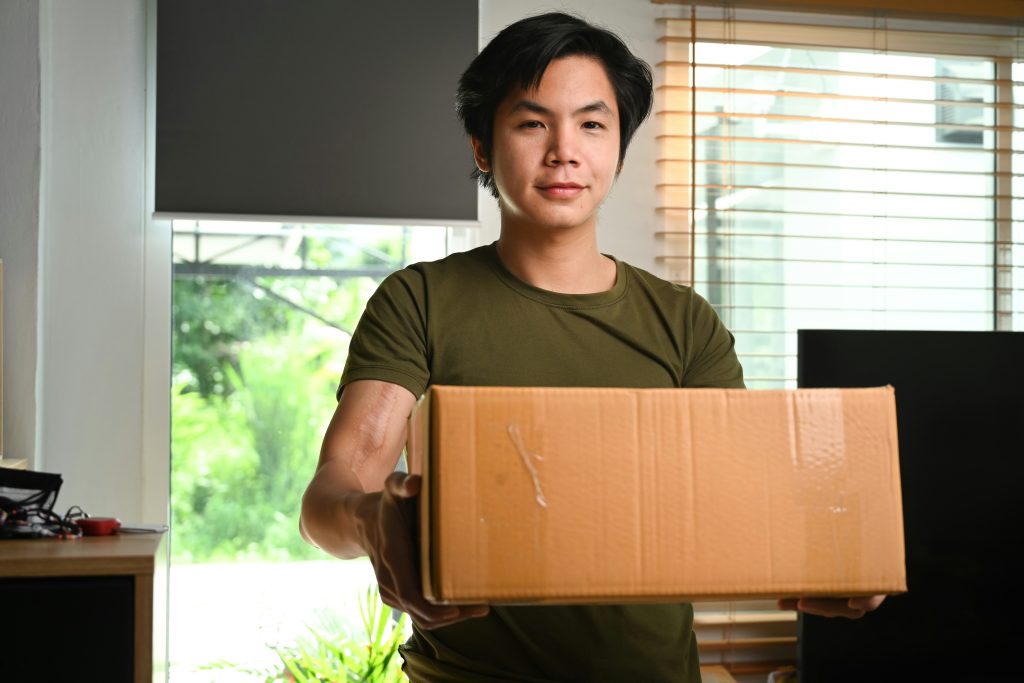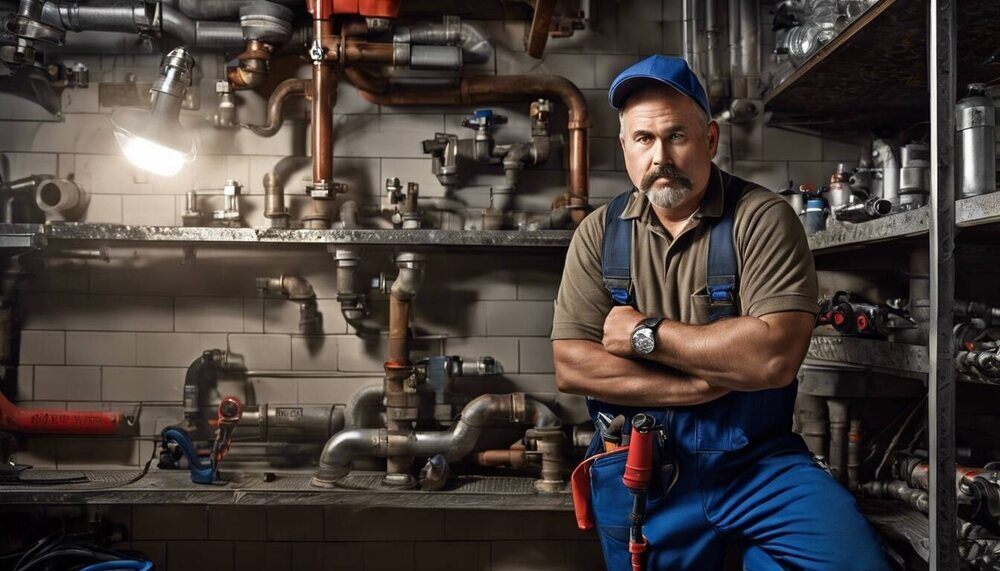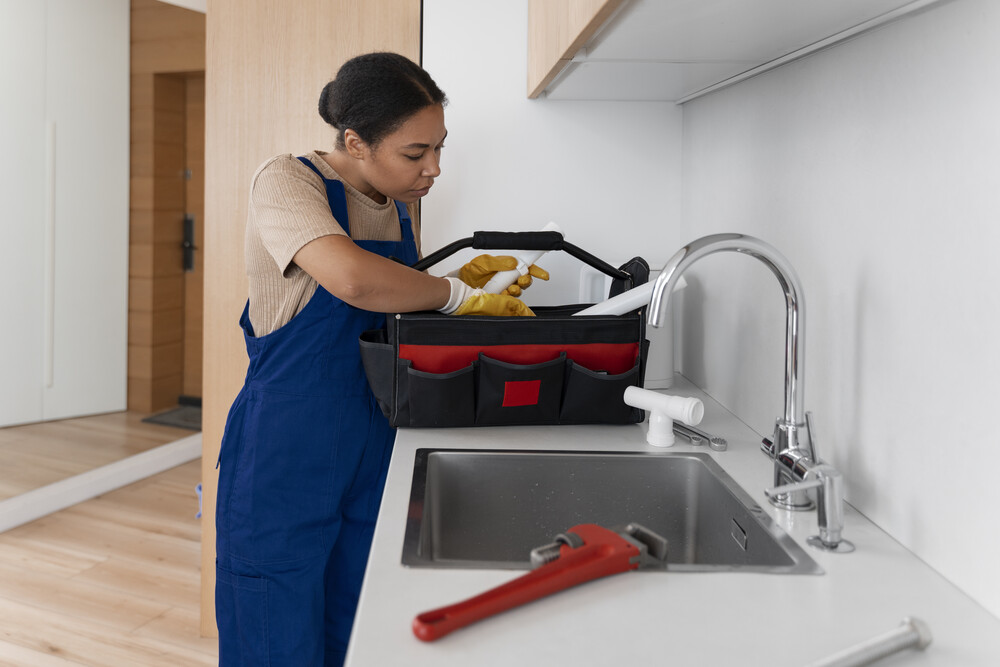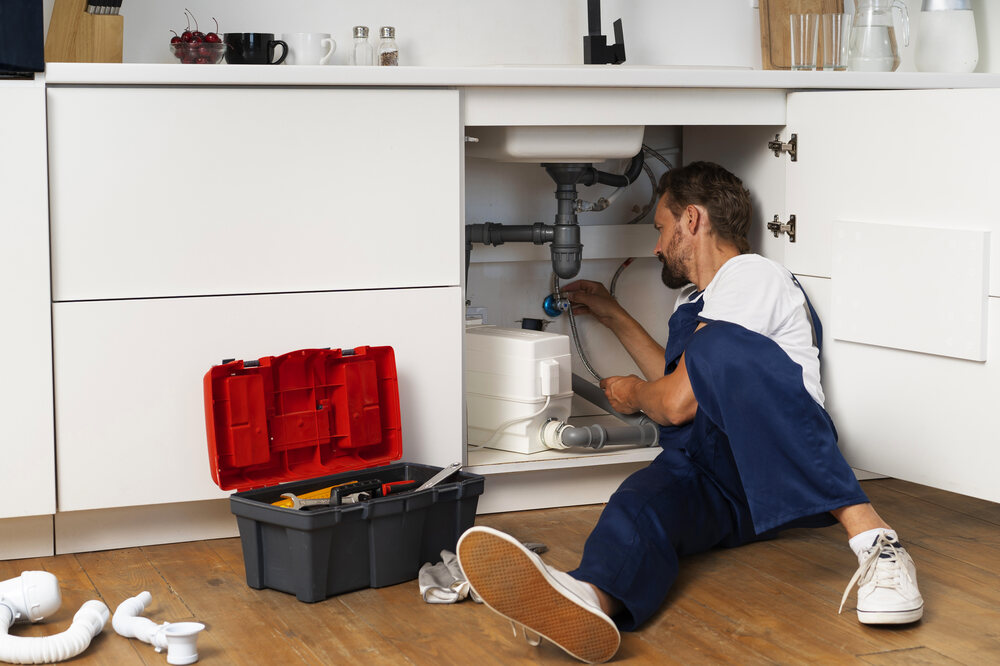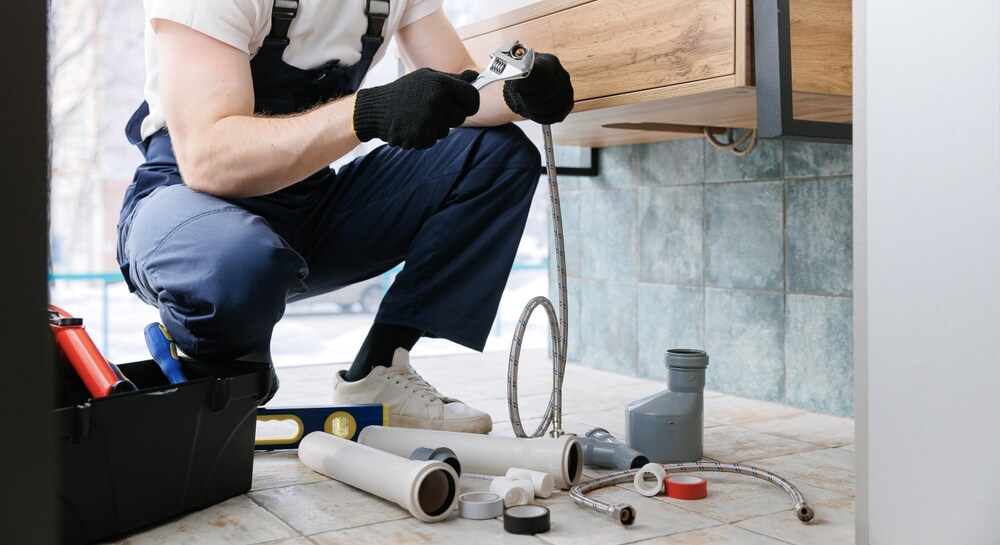There’s a moment every PUBG Mobile player recognizes: comms are crisp, the drop is locked, and the plan feels right. Then you remember you’re short on UC for the new Royale Pass tier or a collab crate you’ve been eyeing. Nothing kills momentum faster than bouncing between tabs or fighting a messy checkout flow. Topping up should be a 60-second errand—predictable, safe, and cheap—so you can get back to the only countdown that matters: the plane timer.
Here’s the routine that actually works. You pick a UC bundle, confirm your Player ID, pay, and you’re done. That’s the whole story on Manabuy’s PUBG Mobile UC top-up page: no mystery fees, no pop-up maze, no “try again later” purgatory. Just a clear, mobile-friendly flow that respects your time (and your squad’s patience).
Why is this a big deal? Because PUBG Mobile rewards timing. When the pass resets, a featured crate rotates in, or a limited finish finally returns, being topped up lets you act right now. UC doesn’t win fights for you—you still need clean crossfires and calm end-circles—but it removes the admin friction between “I want it” and “done,” which is usually the difference between queueing more games and calling it a night.
What makes this route feel different:
- Transparent totals. The price you see is the price you pay. No last-click surprises or calculator gymnastics.
- Fast fulfillment. Orders usually land in minutes, quick enough that your squad keeps lobby warm-ups rolling.
- Human support. If an order needs a quick verification, a real person steps in with practical updates (not copy-paste loops).
- Security under the hood. Payments run via encrypted, trusted gateways; your info is used only to deliver UC—nothing extra.
Prefer to set a single shortcut and forget the rest? Save the official UC recharge for PUBG Mobile so when patch notes drop or your duo says “one push,” your refill path is one tap away.
Built for real life (and real phones)
Most refills happen on your phone—on the couch, between tasks, or while the team argues hot drop vs. edge. The checkout is lightweight and responsive: no pinch-zooming through tiny fields, no retyping the same info three times. You’ll get a clear confirmation and a tidy purchase history, which is especially handy for alt accounts or the occasional gift to a teammate.
Make every UC work harder
Think of UC like any other resource—more valuable when used at the right time.
- Match bundle size to your rhythm. If you play a few nights a week, mid-tier packs usually hit the sweet spot. Daily grinders often save more with larger bundles over a month.
- Start early on the Pass. Buying on day one turns casual games into steady progress and unlocks rewards sooner.
- Align with rotations. Featured crates and collabs are most valuable while they’re live; top up before the window opens.
- Double-check your Player ID. One character off is the #1 cause of delays—two seconds here saves a day later.
- Set a monthly cap. “Good value” only matters if you actually spend less; intentional budgets beat 1 a.m. impulses.
If you want a one-line bookmark that just works, keep Manabuy UC checkout on your home screen. Predictability is underrated: when refills are boring, you play more and worry less.
How it feels on a real night
You open the page, pick a bundle, confirm details, and pay. The status messages are plain-language (no jargon, no guessing). If anything needs attention, support explains what’s happening and how it’ll be resolved. Then you’re back to voice comms, comparing drop paths, and landing hot while the plan is still fresh. That quiet consistency is the hidden buff—less mental load, sharper fights.
The compounding effect
Cheaper, faster UC doesn’t replace recoil control or rotations, but it keeps your options open when the squad is vibing. You’ll finish missions while they’re relevant, snag shop items before they rotate, and pick the cosmetics that make you want to queue “one more.” Over a season, that stacks into more reps, steadier instincts, and cleaner wins.
If you’re ready to make refills the easiest part of game night, grab a bundle through cheap UC for PUBG Mobile. Clear pricing, quick delivery, and a checkout you can trust—so the only spinner you see is the one on your M416 finish, not your payment screen.
